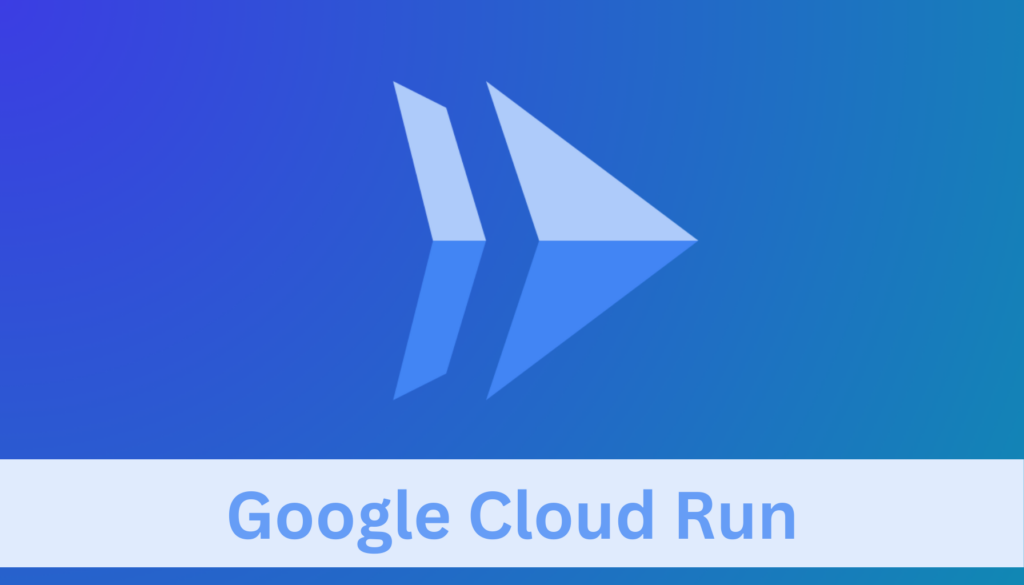What is Google Cloud Run?
Google Cloud Run is a fully managed compute platform provided by Google Cloud Platform, designed to run stateless containers. It offers an ideal solution for businesses and developers seeking a seamless and scalable environment to deploy applications. Cloud Run simplifies the complexities associated with infrastructure management, allowing you to focus more on development and less on administration.
By leveraging Cloud Run, you can streamline the deployment of applications, enhance operational efficiency, and reduce overhead costs, making it a compelling choice for modern cloud computing needs.
Breaking Down the Core Features of Google Cloud Run
Cloud Run stands out with its features designed to meet the needs of modern applications. Each feature plays a crucial role in enhancing the usability, scalability, and overall performance of your applications deployed in the cloud. Here’s a closer look at these core features:
1. Fully Managed Environment
Cloud Run offers a fully managed environment, meaning you don’t need to worry about the underlying infrastructure. It handles everything from server provisioning to setup, ensuring high availability and automatic scaling. This feature allows you to deploy applications quickly without the complexities of infrastructure management, making it an excellent choice for businesses looking to streamline their operations.
2. Containerization and Scalability
This service is built around containers, providing a lightweight and efficient way to package and deploy your applications. With Cloud Run, you can easily scale your containerized applications up or down based on traffic, ensuring efficient resource usage and cost optimization.
3. Integration with Google Cloud Services
Cloud Run seamlessly integrates with various Google Cloud services, such as Cloud Storage, Cloud SQL, and BigQuery. This integration simplifies data access, storage, and analysis, providing a cohesive environment for your cloud applications.
4. Monitoring and Analysis Tools
Monitoring and analysis tools in Cloud Run help you keep track of your application’s performance and usage. Features like logging, monitoring, and error reporting provide insights into application health, enabling proactive issue resolution and performance optimization.
5. Security and Compliance
Security is a top priority in Cloud Run. It provides robust security features, including automatic encryption, identity and access management (IAM), and compliance with industry standards. These features ensure that your applications are secure and compliant with regulatory requirements.
Google Cloud Run Pricing Overview
Cloud Run’s pricing model is designed to offer flexibility and cost-effectiveness, satisfying various application needs and usage patterns. Understanding the pricing structure is crucial for effectively managing your cloud expenses.
Pricing Components
- CPU and Memory Allocation: Charges are based on the amount of memory and CPU allocated to your container and the time your container instance is running.
- Requests and Networking: Pricing includes the number of requests your application handles and the data transfer associated with these requests.
- Container Instance Time: Charges accrue for the time your container instance is active, calculated from the time it starts to when it stops responding to requests.
Pricing Models and Plans
Cloud Run offers different pricing models:
- On-Demand Pricing: You pay for the resources your application uses, making it ideal for applications with variable traffic.
- Committed Use Pricing: For predictable workloads, this model offers a significant discount in exchange for a commitment to a consistent level of resource usage over a 1 or 3-year period. Cloud Run committed use discount (CUD) offers a 17% discount off on-demand pricing for a 1-year commitment.
What is included in Google Cloud Run Free Tier?
Cloud Run provides a generous free tier, which includes:
- Per month 2 million requests.
- 180,000 vCPU-seconds compute time and 360,000 GB-seconds of memory.
- Per month 1 GB of outbound data transfer from North America
Understanding these pricing components and models can help you effectively budget and optimize your Cloud Run expenses. The free tier usage is particularly beneficial for small-scale applications or during the initial development and testing phases.
What are the Cost Optimization Strategies for Google Cloud Run?
Optimizing costs for Cloud Run involves strategic planning and efficient resource utilization. By adopting the right strategies, you can significantly reduce your cloud expenses while maintaining optimal performance. Here are some effective cost optimization strategies for Cloud Run:
1. Resource Utilization Strategies
Efficiently managing the resources allocated to your containers is key. Optimize CPU and memory allocation based on the actual needs of your application, avoiding over-provisioning while ensuring adequate performance.
2. Scheduling for Cost Efficiency
Implement intelligent scheduling to reduce resource usage during off-peak hours. For instance, scaling down or shutting off non-critical services during low-traffic periods can lead to significant cost savings.
3. Selecting the Right Pricing Plan
Choose the most suitable pricing model for your application. If your workload is predictable, consider the Committed Use Pricing model for better savings. For fluctuating workloads, the On-Demand model might be more cost-effective.
4. Leveraging Cloud Run’s Scalability
Take full advantage of Cloud Run’s auto-scaling feature. It automatically adjusts resource allocation based on traffic, ensuring you only pay for what you use, thus avoiding unnecessary expenses on idle resources.
5. Optimizing Container Resources
Optimize the size and efficiency of your container images. Smaller and well-optimized images lead to faster startup times and lower resource consumption, which can help reduce costs.
6. Utilizing the Free Tier Effectively
Make the most of the Cloud Run free tier, especially for development, testing, or small-scale applications. It can significantly lower your costs while providing ample resources for basic needs.
By implementing these strategies, you can achieve a balance between performance and cost, ensuring that your use of Cloud Run is both efficient and economical. Remember, regular monitoring and analysis of your resource usage are essential to identify and implement ongoing cost-saving opportunities.
Conclusion
Cloud Run is a powerful and flexible platform that offers numerous benefits for deploying and managing containerized applications. Its features encompass everything from easy scalability and integration with Google Cloud services to robust security measures. Understanding its pricing model and employing effective cost-optimization strategies are crucial for maximizing the platform’s value. For the best results, we recommend you consult with professionals who can further enhance your use of Cloud Run, ensuring optimal implementation and cost-efficiency in your cloud computing initiatives.
Ready to Optimize Your Google Cloud Run Usage?
[Reach out for specialized guidance] to ensure your setup is both cost-effective and high-performing.

